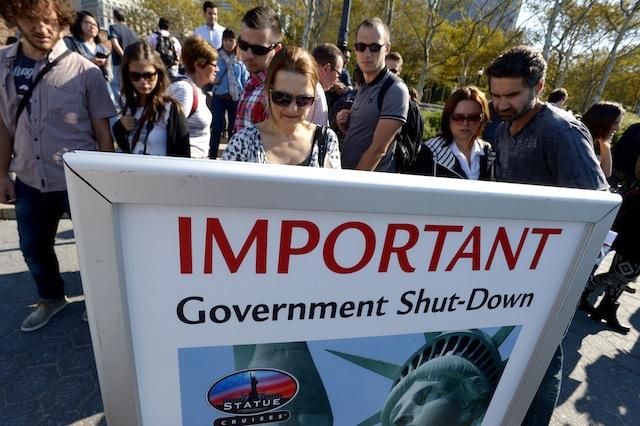Newspaper Article 07/02/2021
Will Biden’s inauguration as the 46th US president turn a new page for one-third of humanity condemned to perpetual penury of thought and means by its leadership?
The peace dividend that eludes South Asia is a consequence of the permanent standoff between India and Pakistan. The mistakes of the past and intractable conflicts like Kashmir are not as insuperable barriers to peace as is the communalization of the foreign policy by Indians as a mirror image of their domestic policy.
In order to understand what prevents that elusive peace thaw between the two estranged nuclear armed neighbours, one needs to take a hard look at the Indian domestic political scene. It is a polity captured by a far-right political creed based on the extremist and militant front called the Rashtriya Swayamsevak Sangh(RSS). The current Modi-led BJP government is a fig leaf and a front for the exclusionary and racist political creed of the RSS. The BJP represents a mix of corporate greed and religious exclusivism pandering to the divisive populism predicated upon atavistic identity politics.
The million-dollar question therefore is: who will rid the Subcontinent of this self-enervating standoff? What will it take to reconcile the apparently irreconcilable positions of two countries on contentious issues to reap the fruits of the peace dividend? If one were to disregard the human cost of suffering in wars and conflicts between the two nations even then the cost of disrupted trade and economic activity would run into trillions of dollars.
According to a World Bank Report in 2018, the potential annual Indo-Pakistan trade stands at $37 billion which means that both countries have lost around $350 billion in the last decade, considering the fact that the present trade is a measly $2 billion annually.
With Biden’s inauguration, one hopes a new era of cooperative engagement and multilateralism has emerged on the world stage. As has been indicated by the research of think tanks like IISS, UK the world in the recent past has sunk in a self-determination trap charting an isolationist course at the cost of multilateral and regional integration. The Biden presidency promises a new era that breaks that cocoon of isolation. India and Pakistan need to be the beneficiaries of that new approach. But before one pins hope on Biden’s mediatory influence it would be instructive to remind Biden of what Obama thought of India.
India as per Obama was a “chaotic and impoverished place, largely divided by religion and caste, captive to the whims of corrupt local officials and power brokers, hamstrung by parochial bureaucracy resilient to change”. With such a difficult country, one has to deal carefully in order to chart a new course. What impact would Biden’s new policies have on Indo-Pakistan peace and South Asia’s fate as an economically ascendant and connected region? One could only hazard an informed guess to the above conundrum. Much would depend on whether America continues to view South Asia from the prism of narrow geopolitics of confrontation with China or geo-economics of cooperative engagement.
America under Trump continued to encourage India as a willing regional ‘Gendarme’ to counter China and to scuttle regional connectivity initiatives like the Belt and Road Initiative (BRI) and the China-Pakistan Economic Corridor (CPEC), in pursuit of politics of confrontation. If those policies change, the US could actually act as a peace bridge between India and Pakistan. But for that to happen the US would have to affect a sea change in its China policy. If instead of treating Chinese economic and infrastructural initiatives as a challenge those were treated as opportunities for regional and global uplift, a new beginning in South Asia could be made.
The present Indo-China standoff along the Line of Actual Control (LAC) in Arunachal Pradesh and Ladakh portends continual instability in a region where three nuclear nations square off for territorial advantage. Pakistan and India have spent $28 billion since the beginning of the Siachen conflict and are spending over 50 million rupees daily on troops’ maintenance. The militarization of the hitherto quiet LAC in Ladakh presents India with a two-front war scenario, besides costing heavily in terms of permanent deployment of troops. Some analysts point at India’s cost benefit calculations in terms of its Machiavellian strategy of gaining access to US aid while brandishing the Chinese threat as a sympathy ploy.
Greater responsibility devolves upon the US to act as a regional stabilizer in South Asia by dousing the visceral fires of religious nationalism in India and to wean it away from a confrontational posture towards Pakistan and China. Peace between India and Pakistan would be of tremendous benefit to the US as well. India and Pakistan, which are presently involved in a not so surreptitious hybrid war, could redirect their energies after a peace thaw towards stabilization of Afghanistan and its economic integration in South Asia’s economic renaissance. India then, far from being a spoiler in Afghan peace, could act as a stabilizing influence helping the US resolve the intractable Afghan conflict.
South Asia is on the cusp of a peace revolution – provided President Biden heeds his pragmatic impulse alluded to by Obama in his autobiography, ‘The Promised Land’. Biden, according to Obama, had opposed the profligate spending on a futile nation-building mission in Afghanistan and a troops’ surge request by General McChrystal that threatened to set the US back by some $1 billion for every100 troops added on ground. Only time will tell whether Biden’s inauguration was a new beginning for South Asia or a false spring.
Note: This article appeared in The News, dated 07 February 2021.
Disclaimer: The views expressed in the article are of the author and do not necessarily represent Institute’s policy.

